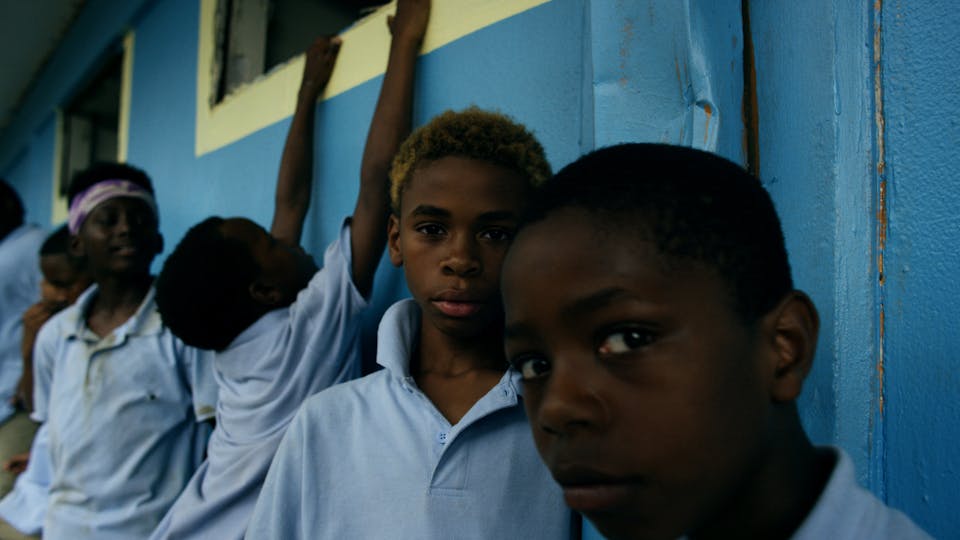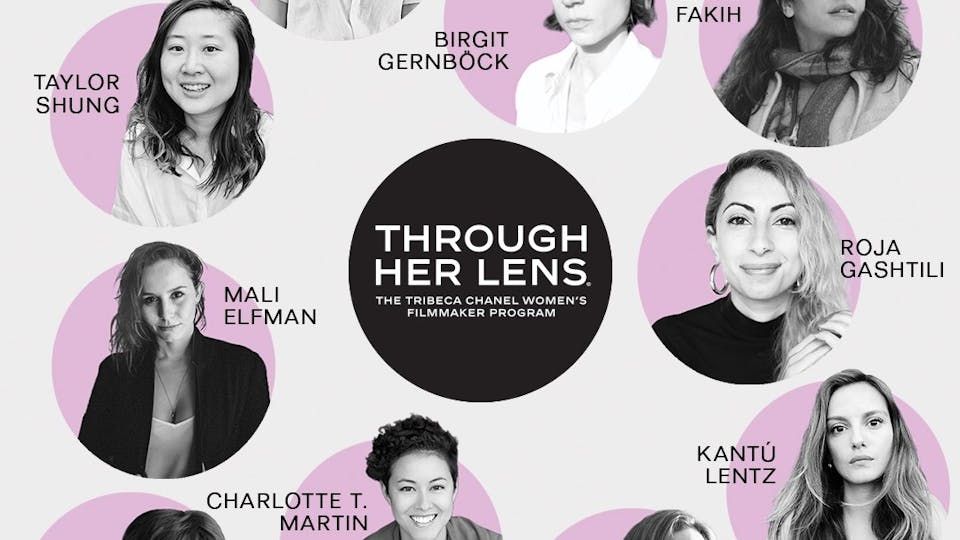Future Docs: Creating Documentaries Across Platforms

This is the fourth and final post in a series of guest posts from Ingrid Kopp, the U.S. Director of Shooting People. Ingrid, who leads workshops on film, social media, engagement, and technology as part of her work at Shooting People, discusses how the latest trends in technology are changing and shaping the filmmaking process. Follow Ingrid’s latest Tweets at @fromthehip.
There is a tendency to become rather extremist when it comes to all things digital. Either the web is going to change the world with universal digital access, social media and new platforms and transform us all into creative producers tapping into a global “cognitive surplus” OR it is going to turn us all into stupid, attention-lacking, piracy-practicing drones who revel in LOLCats and expect to get everything for free. The truth is probably somewhere in between. Cory Doctorow says it best, I think: “Technology giveth and technology taketh away.” Whatever your position on digital technology, the genie is out of the bottle and it’s not going to go back in (although it may be at risk of being squeezed in various ways by corporations but that’s a subject for another post) so it seems to me that the important thing right now is to make sure that we are creating the kind of digital future we all want.
I’m often surprised by how squeamish filmmakers can be about technology, especially considering the incredibly elaborate cameras and editing systems they use happily on a daily basis. I think part of the problem is that most of the discussions around web innovation have leaned toward the marketing and distribution side of things which can skew the conversation away from the far-reaching creative potential of many of these new tools – all the way through the production process. Also, many articles and posts about transmedia production have involved big studios and digital agencies and bucketloads of cash which makes many people think that unless you are creating a kickass, interactive website with an online game, Augmented Reality smartphone app and accompanying ARG as part of your film project then you aren’t really trying hard enough. I think this is the wrong way to look at things. In fact I think the very word “transmedia” can be a little off-putting. For me the most important thing is that filmmakers are aware of all the possibilities available to them to tell their story and reach their audience – they must set these goals but in order to be truly strategic they need to know what you CAN do. I like the suggestion of Jennifer Wilson of the Project Factory in Australia, who notes we should think of all the new digital platforms and tools as colors in your storytelling palette. If you don’t even know that the colors are available then you won’t use them and your project may be less effective as a result. But if you use ALL the colors in your palette you will probably end up with a horrible, mucky mess. It’s always a question of the right tools for the job (and the right platform for the audience you are trying to reach) – and the story should always lead the way.
Cross-platform doesn’t necessarily mean interactive by the way – think about how much real interactivity is there for your audience and whether it is the sort of interactivity they are ready for and want. You can’t make people interact with your project if they aren’t using the technology or if you are not giving them a reason to want get involved. There’s probably no point creating a really sticky and interactive (and expensive) iPad app when none of your target audience own iPads. Ultimately you always need to go back to asking yourself what you want your project to achieve and then build the project that attempts to meet these goals. Bringing technology, strategy and creativity together is the key.
Here are some current documentary projects that use the web in interesting ways.

Out My Window – an interactive 360º documentary created by Katerina Cizek, funded by the NFB in Canada. Out My Window explores the lives of people living in highrise buildings all over the world. It allows us to indulge in our voyeuristic desire to peak inside other people’s lives and apartments and is also an eye-opening look into “vertical suburbs” around the globe.
Prison Valley – France’s ARTE have been very active in funding digital projects. Prison Valley is an interactive documentary about a town in Colorado that has 13 prisons including a Supermax prison. From your base at a motel you can explore the town and the people who live there.

Collapsus – Designed to accompany a TV documentary called Energy Risk, Collapsus is created by Tommy Pallotta and Dutch cross-platform company Submarine. Collapsus develops the themes of Energy Risk by taking us into the near-future to explore a world of depleted resources.
The Waiting Room – this project was prototyped at BAVC’s Producer’s Institute for New Media Technologies. The project follows a public hospital in Oakland, CA that serves the uninsured with a mix of traditional documentary, social media and a storybooth in the waiting room to capture the stories of the patients who use the hospital:
Freedom from The Waiting Room on Vimeo.
Obviously some attempts at harnessing digital technology for documentary are more successful than others. Seven Days on Channel 4 in the UK didn’t create the user-participation or audience figures that the creators hoped for. But this is early days and failed experiments are valuable lessons for all of us. Money is also a problem – the financing isn’t there yet for these new endeavors. But let’s face it, money is frequently a problem for documentaries in general and “new-media” funders are on a steep learning curve along with the rest of us.
Ultimately the editorial should always drive the larger project. You may decide that all you really need is a good social media campaign and that’s fine. I would like to see filmmakers thinking more broadly about what’s possible, however, looking over the parapet of our small industry fortress to collaborate with web developers and game designers and other digital innovators in really interesting new ways. Industry silos and content silos are breaking down and this fragmentation leads to great confusion but also great opportunity. Some projects will be cross-platform from the outset, others will have some cross-platform elements tacked on. The former is generally more successful I think but there is no magic bullet for any of this and filmmakers need to work in ways that make creative and financial sense for them. It’s just a shame if they are holding an enormous digital palette and they keep using just one color because they don’t know about any of the others or can’t get the funding to try them.






